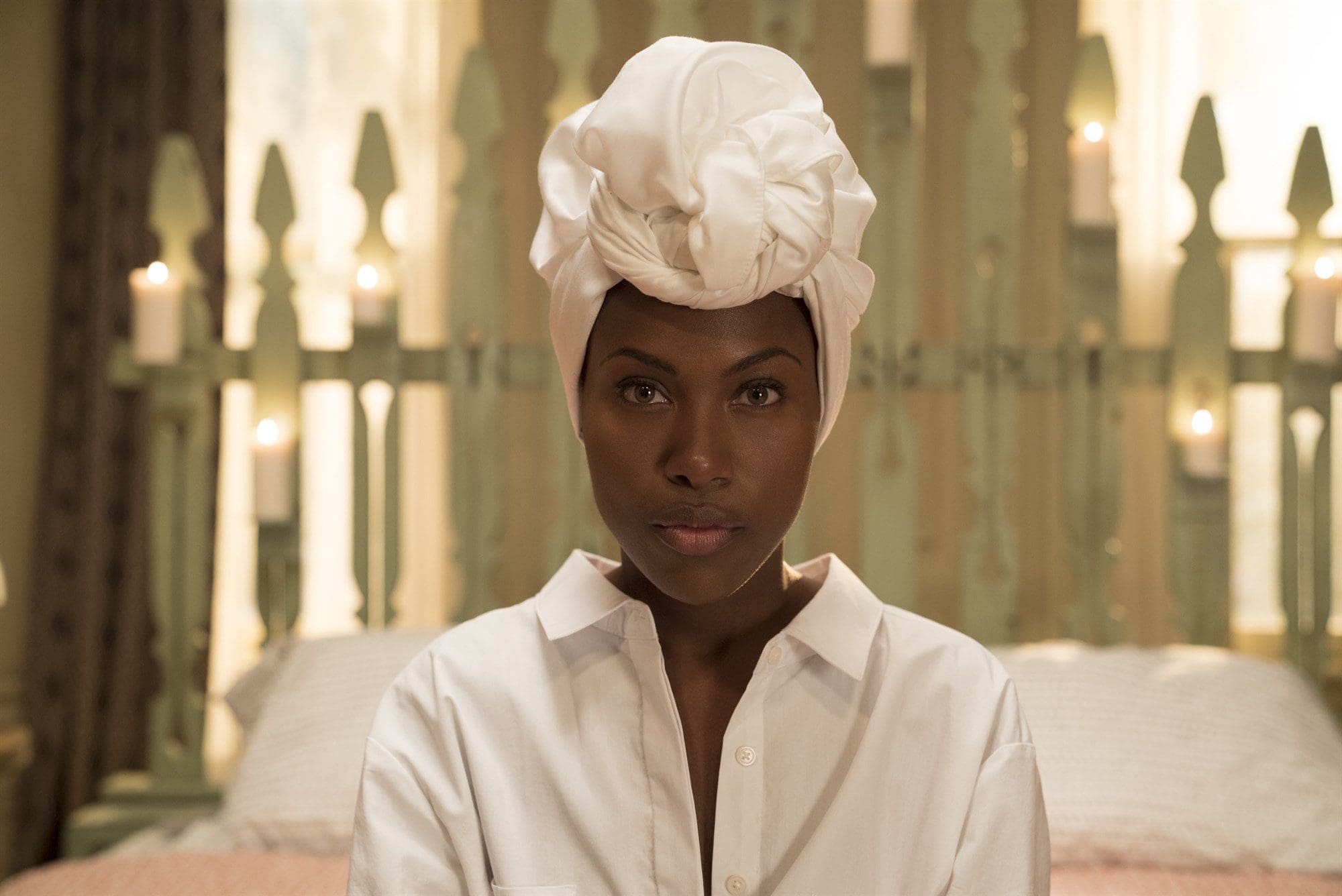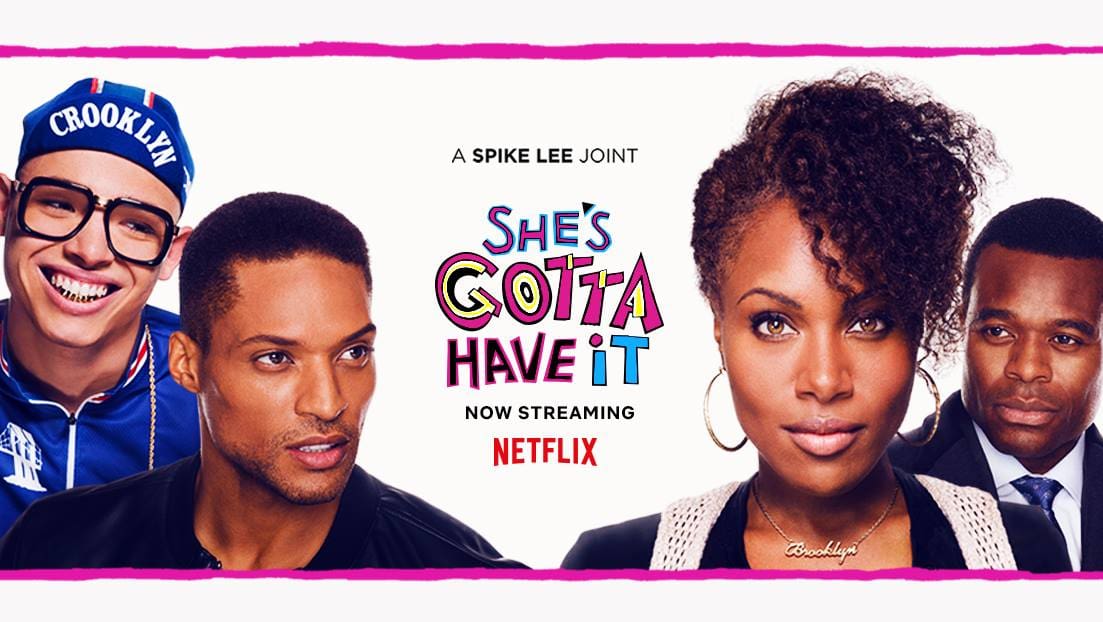While most of us rose early to get into the Thanksgiving day spirit, Netflix rolled out an acclaimed Spike Lee joint, “She’s Gotta Have It.” The first time the world saw it was in 1986 as a film before its time, but Netflix repurposed it for this poignant time to mirror current U.S. politics and culture.
Nola Darling – the 2.0 version (played by DeWanda Wise) – is still in Brooklyn surviving as an artist. She’s labeled her sexuality, she has a range of emotions that audiences get to see, and supporting characters exist beyond Nola’s personal frame of reference. Director Spike Lee is able to explore Nola’s bloggable relationship status in nine 30-minute episodes more than he was able to accomplish in an hour or so of the 1986 film.
The film is black and white and stiffly centered around Nola. She is Carmen Jones and her lovers are under her spell. By the end of it, however, director Spike Lee dispels the mythological stereotype of the Nola Darlings with insightful opinions uttered from each character.
But in 2017, with the internet and reality TV, Nola isn’t the public service announcement (PSA). Instead Spike uses the character’s reactions to sexual assault, Brooklyn’s gentrification, and sexism, and her ability to manage them as the PSA.
I wasn’t a fan of the film, but I appreciated its attempt to demystify and recognize the Nola Darlings of this world. Since this series has expanded its view to include the lives of Nola’s lovers and friends, I am now interested in what’s coming next. I want to know who Onyx is; if Mars (played by Anthony Ramos) and Clorinda (Margot Bingham) will hook up again; why is Shemekka (Chyna Lane) able to sit on her ass so soon; does Opal (Ilfenesh Hadera) have patience for Nola; if there will be more hilarious sex scenes with Mars; and what’s going to happen to Papo Da Mayor (Elvis Nolasco)? I don’t even live in this parallel universe variant of Brooklyn, yet I feel like being in these people’s business.

Although, these modernized characters are enjoyable and entertaining, the transitions to the point of the story can be too cut and dry. The audience goes quickly from relating to the subject to being talked at. But, that could be Lee’s desire for a dramatic effect; a scene that screams or whispers “if you don’t know, now you know” in Biggie’s voice at the end of every episode.
“She’s Gotta Have It” is comedic, dramatic, insightful, and rich in -not only African American culture- but the cultures that New York embodies. Each intro uses photographs of America’s past and Brooklyn’s present to connect audiences to the setting. Spike ties scenes together with the lyrics of classic contemporary songs, which are an update from the film’s scores of jazz tracks.
The use of album covers popping up on the screen may seem like product placement, but over time audiences see them as hints to pay attention to the song lyrics because the song is expounding on what’s occurring.
Former actors and actresses from the film make cameos and it is delightful. Spike’s younger sister and the original Clorinda, Joie Lee, plays Nola’s mother. The original Nola played by Tracy Camilla Johns appears in the sixth episode briefly as an admirer of Darling’s paintings. Spike takes a note from Stan Lee and slips into one scene as a bartender. The biggest surprise was Fat Joe as a burlesque club owner; he played well opposite Chyna Layne.
I’m not excited about Nola Darling, but it’s interesting how characters and films that were, at one point, before their time are now fitting candidates to tell today’s stories.
I give “She’s Gotta Have It” a thumbs up on Netflix but a 7 out of 10 stars on The Pop Break.


